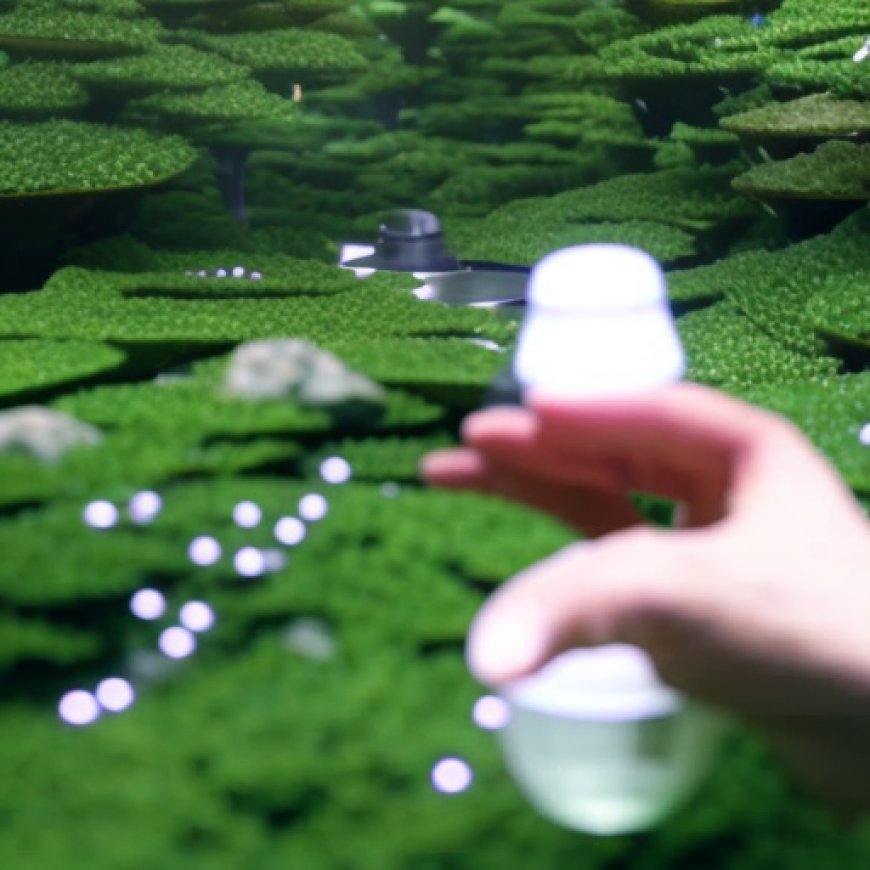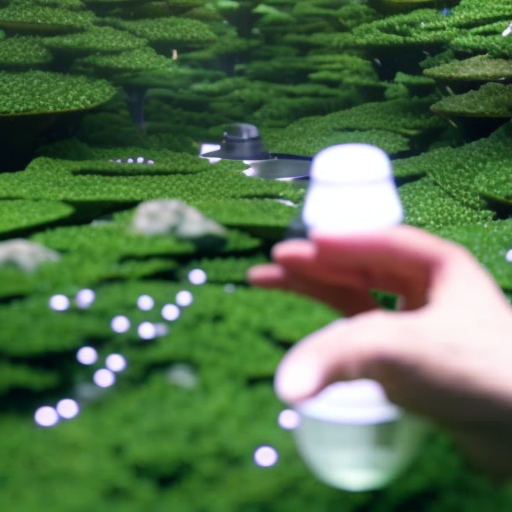Ryukoku University Harnesses eDNA to Map Fish Ecosystems with a Single Cup of Water
Ryukoku University Harnesses eDNA to Map Fish Ecosystems with a Single Cup of Water JAPAN Forward


Ryukoku University Harnesses eDNA to Map Fish Ecosystems with a Single Cup of Water
River environments nationwide are facing deterioration. Ryukoku University has teamed up with FISHPASS, a startup launched by the University of Fukui, to develop an app that maps fish species. Using environmental DNA (eDNA) analysis, the app can identify species inhabiting rivers. The goal is to promote the fisheries industry while preserving biodiversity based on identification and awareness of aquatic resources.
Environmental DNA (eDNA) Analysis
FISHPASS has developed and operates an app that digitally issues the fishing permits and licenses necessary for fishing activities. Rivers across Japan are facing degradation as the population of fishing cooperative members is aging. Now, the company has turned to Ryukoku University for its expertise in eDNA analysis.
Associate Professor Hiroki Yamanaka’s Pioneering Research
Environmental DNA refers to trace amounts of DNA found in excrement and shed scales floating in the air or water. By analyzing eDNA from river water samples collected in cups, researchers can comprehensively identify the species present in that location. Associate Professor Hiroki Yamanaka of Ryukoku University’s Faculty of Advanced Science and Technology conducts pioneering research in environmental DNA analysis ahead of the global curve.
Conclusion
By harnessing the power of eDNA analysis, Ryukoku University and FISHPASS aim to contribute to maintaining healthy water ecosystems around Japan. This innovative approach aligns with the Sustainable Development Goals (SDGs) by promoting sustainable fisheries and preserving biodiversity. To learn more about how eDNA analysis can make a positive impact, read the full story on Japan 2 Earth.
RELATED:
(Read the article in Japanese)
Author: Yoshifuru Ogino
SDGs, Targets, and Indicators Analysis
1. Which SDGs are addressed or connected to the issues highlighted in the article?
- SDG 14: Life Below Water – The article discusses the use of eDNA analysis to map fish ecosystems in rivers, which contributes to the preservation of aquatic resources and biodiversity.
- SDG 15: Life on Land – By identifying fish species and promoting the fisheries industry, the article indirectly supports the conservation and sustainable use of terrestrial ecosystems.
2. What specific targets under those SDGs can be identified based on the article’s content?
- SDG 14.4: By 2020, effectively regulate harvesting and end overfishing, illegal, unreported, and unregulated (IUU) fishing and destructive fishing practices and implement science-based management plans, in order to restore fish stocks in the shortest time feasible – The eDNA analysis mentioned in the article can contribute to the effective regulation of fishing activities by providing accurate information about fish species present in rivers.
- SDG 15.5: Take urgent and significant action to reduce the degradation of natural habitats, halt the loss of biodiversity, and protect and prevent the extinction of threatened species – The mapping of fish ecosystems using eDNA analysis can help identify threatened species and contribute to their protection.
3. Are there any indicators mentioned or implied in the article that can be used to measure progress towards the identified targets?
- Indicator for SDG 14.4: Proportion of fish stocks within biologically sustainable levels – The eDNA analysis can provide data on fish species present in rivers, which can be used to assess the health and sustainability of fish stocks.
- Indicator for SDG 15.5: Extent of forest, wetland, and other ecosystems that are conserved or restored – The mapping of fish ecosystems using eDNA analysis can contribute to the conservation and restoration of aquatic ecosystems.
SDGs, Targets, and Indicators Table
| SDGs | Targets | Indicators |
|---|---|---|
| SDG 14: Life Below Water | 14.4: By 2020, effectively regulate harvesting and end overfishing, illegal, unreported, and unregulated (IUU) fishing and destructive fishing practices and implement science-based management plans, in order to restore fish stocks in the shortest time feasible | Proportion of fish stocks within biologically sustainable levels |
| SDG 15: Life on Land | 15.5: Take urgent and significant action to reduce the degradation of natural habitats, halt the loss of biodiversity, and protect and prevent the extinction of threatened species | Extent of forest, wetland, and other ecosystems that are conserved or restored |
Behold! This splendid article springs forth from the wellspring of knowledge, shaped by a wondrous proprietary AI technology that delved into a vast ocean of data, illuminating the path towards the Sustainable Development Goals. Remember that all rights are reserved by SDG Investors LLC, empowering us to champion progress together.
Source: japan-forward.com

Join us, as fellow seekers of change, on a transformative journey at https://sdgtalks.ai/welcome, where you can become a member and actively contribute to shaping a brighter future.







